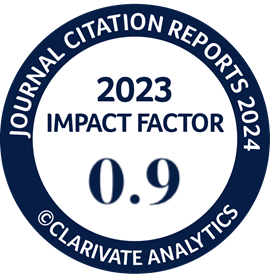State of The Art: Ozone Plasma Technology for Water Purification
DOI:
https://doi.org/10.4186/ej.2021.25.1.177Keywords:
ozone plasma, water treatment, peat waterAbstract
The need of clean water will continue to increase along with the increase of population. However, not all regions in Indonesia have potential for raw water sources that meet standards of clean/drinking water, so an alternative water treatment needs to be developed. Peat water treatment using ozone plasma technology is one of technological breakthroughs that can treat peat water into clean water effectively and economically. Based on the results of treating peat water using ozone plasma technology, it is proven that the technology able to treat peat water very effectively compared to the conventional refining technology. Peat water used for this study is taken from Sintang, West Kalimantan. Tested Parameters of water quality will be compared with the Regulation of Minister of Health No. 416 Year of 1990. Four parameters in raw water are carried out to be tested after treating with variations in length of contact time of 10, 12, and 15 minutes. Water quality parameters to be tested are turbidity, color, coliform, and permanganate with final quality of treating for each parameter are 5,8 NTU, 1,1 Pt-Co, below 2 MPN/100 mL, and 11,8 mg/L. There is significant decrease in a value of four parameters, which three parameters meeting the maximum limit. Permanganate as parameter that exceed the maximum limit have high probability of meeting this limit if the contact time is extended. However, ozone plasma technology also has general considerations, regarding the performance of plasma-based water purification which is the plasma-liquid interface. This paper gives an overview of the state-of-the-art in ozone plasma technology for water purification, which the technology used is plasma-based.
Downloads
Downloads

Authors who publish with Engineering Journal agree to transfer all copyright rights in and to the above work to the Engineering Journal (EJ)'s Editorial Board so that EJ's Editorial Board shall have the right to publish the work for nonprofit use in any media or form. In return, authors retain: (1) all proprietary rights other than copyright; (2) re-use of all or part of the above paper in their other work; (3) right to reproduce or authorize others to reproduce the above paper for authors' personal use or for company use if the source and EJ's copyright notice is indicated, and if the reproduction is not made for the purpose of sale.








